Find the Best Roof Material for Your Climate
The roof is one of the most critical components of any structure, a first line of defense against the elements. However, not all roofs are created equal, and the material you choose for your roof can have a significant impact on how well it performs in your specific climate. A well-chosen roof can provide years of protection, significantly reducing maintenance costs and increasing the lifespan of your structure. On the contrary, a poorly chosen material could result in frequent repairs, higher energy costs, and even structural damage.
Climate should be a key factor in your decision-making process when choosing a roofing material. Different materials have different characteristics that make them more suitable for certain climates than others. For instance, in a hot, sunny climate, you would want a roof that reflects heat rather than absorbing it. In a cold, snowy climate, you need a roof that can withstand heavy snow loads and help keep heat in. In a humid, rainy climate, you'll want a roof that resists moisture and mold.
Understanding the implications of your
local climate on various roofing materials is crucial to making an informed decision. It's not just about aesthetic appeal or cost; it's about choosing a material that will stand up to your local weather patterns and deliver the best performance over time. A well-selected roof can offer savings on energy costs, reduce the need for maintenance and repairs, and even contribute to the overall value and longevity of your property.
Understanding Different Roof Materials
Asphalt Shingles
Starting with the most commonly used roofing material, Asphalt shingles. These are popular due to their affordability and ease of installation. They offer a wide range of styles and colors, which can match virtually any architectural design. However, they have a shorter lifespan compared to other materials, typically 15-30 years, and don't fare well in extreme weather conditions.
Metal Roofing
Next, we look at Metal roofing. They are highly resistant to extreme weather conditions and are particularly good for areas prone to wildfires or heavy snowfall. Metal roofs are also energy-efficient, reflecting sunlight instead of absorbing it, which helps in reducing cooling costs. On the downside, they are more expensive to install and can be noisy during rainstorms.
Slate Roofing
Moving on to Slate, this material is known for its beauty and longevity. Slate roofs can last for over a century, making them an excellent choice for those planning to stay in their homes for a long time. They are also fire-resistant and require little maintenance. However, the slate is heavy and requires additional support, which can increase installation costs.
Clay and Concrete Tiles
Clay and concrete tiles add a distinctive look to a home, particularly suitable for Mediterranean, Spanish, or Southwestern-style homes. They are extremely durable, fire-resistant, and effective in hot climates as they reflect heat instead of absorbing it. However, like slate, they're heavy and may require additional support.
Wood Shake Roofing
Lastly, Wood shake roofing offers a natural look with a lot of character. Wood shakes are usually made from cedar, redwood, or pine, and can last longer than asphalt shingles when properly maintained. However, they are not suitable for fire-prone areas unless they are treated with a fire retardant.
In summary, each roofing material has its benefits and drawbacks. The choice of roofing material should be not only on aesthetic preference and budget but also on the local climate and weather patterns.
Climate and Roofing Material
The climate in which you live has a significant impact on the type of roofing material you should choose for your home. Different climates present unique challenges and requirements, and it's essential to select a material that can withstand these conditions.
Heated Climate Areas
For instance, in areas where heat is intense, such as the desert, a metal roof is an excellent choice because it reflects heat away from your home, helping to keep it cooler. However, if you live in a place where hail is a common occurrence, metal roofs can be easily dented and damaged.
Cold Climates
Cold climates, on the other hand, can pose problems for certain types of roofing material. For example, asphalt shingles can become brittle and break in extremely cold temperatures. In these cases, slate or concrete tiles may be a better choice as they can withstand the cold better. However, these materials are heavy and may require additional support, which can add to the overall cost.
Rain and Snow Climates
Rain and snow are other weather elements that can significantly affect the durability of your roof. For instance, wood shake roofs, while attractive and long-lasting if properly maintained, may not be the best choice in areas with heavy rain or snowfall as they can absorb moisture and rot over time. In these climates, metal or asphalt shingles, which are more resistant to moisture, might be a better choice.
Wind Climates
Wind can also be a determining factor when choosing a roof material. Some materials, like asphalt shingles, can be ripped off by high winds, while metal roofs are more wind-resistant. However, it's worth mentioning that metal roofs can be noisier in windy conditions.
In summary, the climate plays a crucial role in the selection of roofing materials. The right choice can significantly increase the lifespan of your roof and potentially save you money in the long term. It's important to consider all factors, including heat, cold, rain, snow, wind, and hail when
choosing the best roofing material for your home.
Roof Material for Hot Climates
Moving on to hot climates, it's important to discuss the best roofing materials that can withstand high temperatures and intense sun exposure. In scorching temperatures, the roof's role is not just to protect the house from the sun's rays, but also to reflect as much heat as possible to keep the inside of the house cool. The perfect materials for this job are tile, slate, and metal roofs.
Tile Roofs
Starting with tile roofs, are an excellent choice for hot climates because they are heat-resistant and have natural ventilation properties. Tile roofs, particularly those made from clay or concrete, are excellent at reflecting sunlight and heat away from your home. They are also highly durable and can last for several decades, making them a cost-efficient choice in the long run.
Slate Roofs
Slate roofs, meanwhile, are another great option for hot climates. Slate is a natural stone product that is not only aesthetically pleasing but also highly resistant to heat. Slate roofs can absorb heat and slowly release it, keeping your home cool throughout the day. Moreover, they are virtually fireproof and resistant to rot and mold, adding an extra layer of protection to your home.
Metal roofs
Metal roofs, on the other hand, are known for their outstanding heat-reflecting capabilities. Metal roofs can reflect the sun's radiant heat, helping to keep your home cooler and reduce your air conditioning costs. They are also lightweight, durable, and require little maintenance, making them a popular choice for homes in hot climates.
In conclusion, tile, slate, and metal roofs are excellent options for homes in hot climates. They offer superior heat resistance and reflection properties, helping to keep your home cool and comfortable even on the hottest days. Remember, the
best roof material for your home largely depends on your local climate. Therefore, consider your area's temperature ranges, sun exposure, and other weather patterns before making a decision.
Roof Material for Cold Climates
Transitioning from the discussion on hot climates, we now turn our attention to cold climates. One of the most challenging aspects of living in cold climates is the harsh weather conditions, especially during winter. The roof material plays a crucial role in these areas, not only in keeping the home warm but also in dealing with heavy snowfall and ice accumulation.
Asphalt Shingles
Asphalt shingles and metal roofs are two of the most popular and suitable choices for cold climates. Asphalt shingles are an excellent choice because they provide good insulation, which helps to keep the heat inside your home. They're also quite cost-effective, making them a popular choice for many homeowners. Moreover, asphalt shingles have a relatively high weight, which helps them resist wind uplift, and they can also handle the weight of snow and ice without breaking or cracking.
Metal Roofs
On the other hand, metal roofs are becoming increasingly popular in cold climates. They're durable, lightweight, and capable of shedding snow and ice, preventing the formation of ice dams, a common problem in cold climates. Metal roofs also reflect radiant heat from the sun, helping to keep your home warmer in the winter and cooler in the summer. They're more expensive than asphalt shingles, but their long lifespan and energy efficiency can offset the higher upfront cost.
In conclusion, while each roofing material has its advantages, the choice between asphalt shingles and metal roofs will depend on factors such as budget, personal preference, and specific climate conditions. Always consult with a roofing professional to make the best decision for your home and location. Contact Fraley's Home Improvement today to schedule a personalized consultation aimed at selecting the ideal roofing material tailored to your home's specific climate and needs.
Roof Material for Rainy or Snowy Climates
In areas with a predilection for rain or snow, it's vital to consider roofing materials that defy the odds and offer superior protection. The goal is to choose a roof that can withstand the high moisture levels and the weight of heavy snowfall without compromising its structural integrity or performance. A couple of materials that stand out in these conditions are metal, slate, and rubber roofs.
Metal Roofs
Metal roofs are a popular choice in wet climates due to their durability and resilience. They are impervious to rust, thanks to their protective layer, and have an impressive life expectancy of 40 to 70 years. Their smooth and slick surface allows snow and rain to slide off easily, preventing significant accumulation. Furthermore, metal roofs are energy efficient, reflecting solar radiant heat, which can help to reduce cooling costs in the warmer months.
Slate Roofs
Slate roofs, on the other hand, offer a perfect blend of longevity and aesthetics. They are virtually invincible against weather elements, including heavy snow and rain. Slate roofs are also fire-resistant and can last up to a century if properly maintained, making them an excellent long-term investment. However, they are heavier than other roofing materials and require a robust supporting structure.
Rubber Roofs
Lastly, rubber roofs, particularly those made from EPDM (ethylene propylene diene monomer), are becoming increasingly popular in rainy and snowy climates. They are lightweight, durable, and resistant to moisture and temperature extremes. The dark color of rubber roofs absorbs heat, helping to melt snow and ice faster. However, they are not as long-lasting as metal or slate roofs and may require more frequent replacement.
When deciding on the best
roof material for your rainy or snowy climate, consider factors such as the lifespan of the material, its resistance to moisture, the ability to shed snow and ice, and your budget. Each material has its pros and cons, so it's crucial to weigh these against your specific needs and circumstances.
Roof Material for Windy Climates
When it comes to climates that experience high winds, your choice of roofing material can greatly influence the longevity and performance of your roof. Certain materials are designed to withstand these conditions, offering superior wind resistance, durability, and structural integrity. Two strong contenders in this arena are metal and asphalt shingle roofs.
Metal Roofs
Metal roofs are an excellent option for windy climates. This material is known for its strength, durability, and long lifespan. Metal roofs are highly resistant to wind damage due to their interlocking panels, which create a continuous surface that wind cannot easily penetrate. Moreover, they are lightweight, reducing stress on the roof structure and making them a versatile choice for any home design. While the upfront cost of metal roofs can be higher than other materials, their longevity and low-maintenance nature often make them a cost-effective option in the long run.
Asphalt Shingles
Asphalt shingles, on the other hand, are a widely used roofing material that can also withstand high winds, particularly when installed correctly. High-quality, architectural asphalt shingles are designed to resist wind speeds of up to 130 mph. They are heavier than standard 3-tab shingles, thus providing better wind resistance. While asphalt shingles may not last as long as metal roofs, they are less expensive, which can be a significant consideration for homeowners working within a budget.
Both metal and asphalt shingle roofs have their unique advantages when it comes to windy climates. The choice between them should take into account not only their wind-resistant capabilities but also factors such as aesthetic preferences, budget, and maintenance requirements.
Conclusion
In conclusion, it's crystal clear that the choice of roofing material is greatly influenced by the climate of your region. Windy climates, for instance, call for sturdy materials such as metal and asphalt shingle roofs, which offer superior wind resistance. The decision on whether to opt for metal or asphalt shingles should be based on factors such as aesthetic appeal, budget, durability, and maintenance needs.
However, we must acknowledge that the choice of roofing material extends beyond wind-resistant types. Different climates necessitate different roofing solutions. For instance, in hotter climates, reflective materials such as cool metal roofs or white flat tiles are ideal as they reflect sunlight, thereby reducing the heat absorbed by the house. In contrast, colder climates would benefit from dark-colored roofs that absorb heat, helping to warm up the house.
The bottom line is, that understanding your climate is key to making an informed decision when choosing the right roof material. Before settling on a material, consider its durability, maintenance needs, cost, and how well it can withstand the climatic conditions in your region. Remember, the right roofing material not only protects your home from harsh weather elements but also enhances its aesthetic appeal while boosting its value. So, take your time, do your research, and choose wisely. Why not engage with Fraley's Home Improvement to explore the perfect roofing materials tailored to your local climate? Their expertise ensures you'll discover the ideal solution for enduring and thriving in your specific environment.
Name, Address, and Phone
Fraley's Home Improvement
402 Smith Ave, Henderson, Kentucky, 42420, US
270-279-0132
Social Media’s
https://www.facebook.com/189393628365


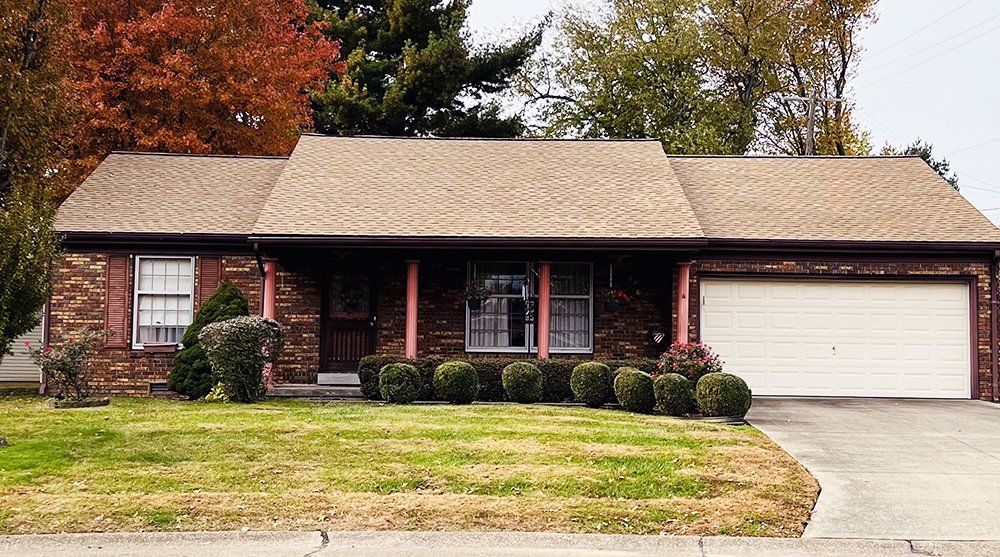
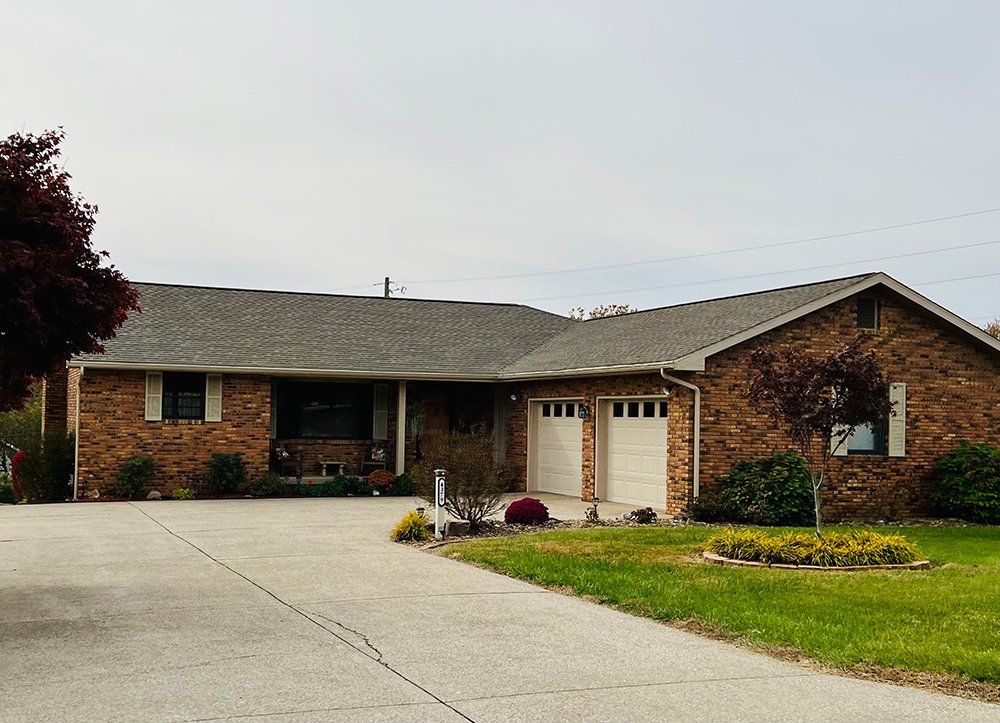
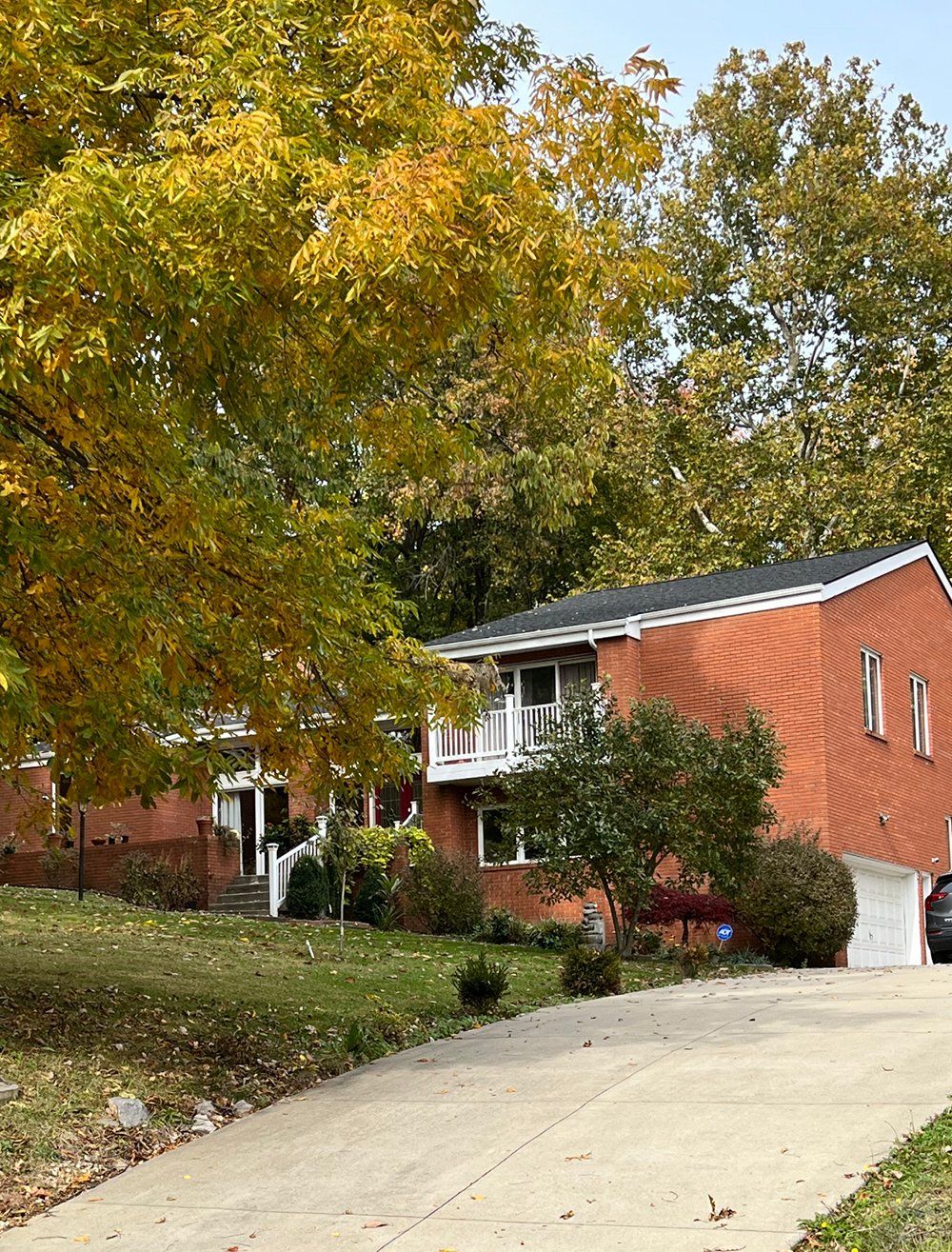
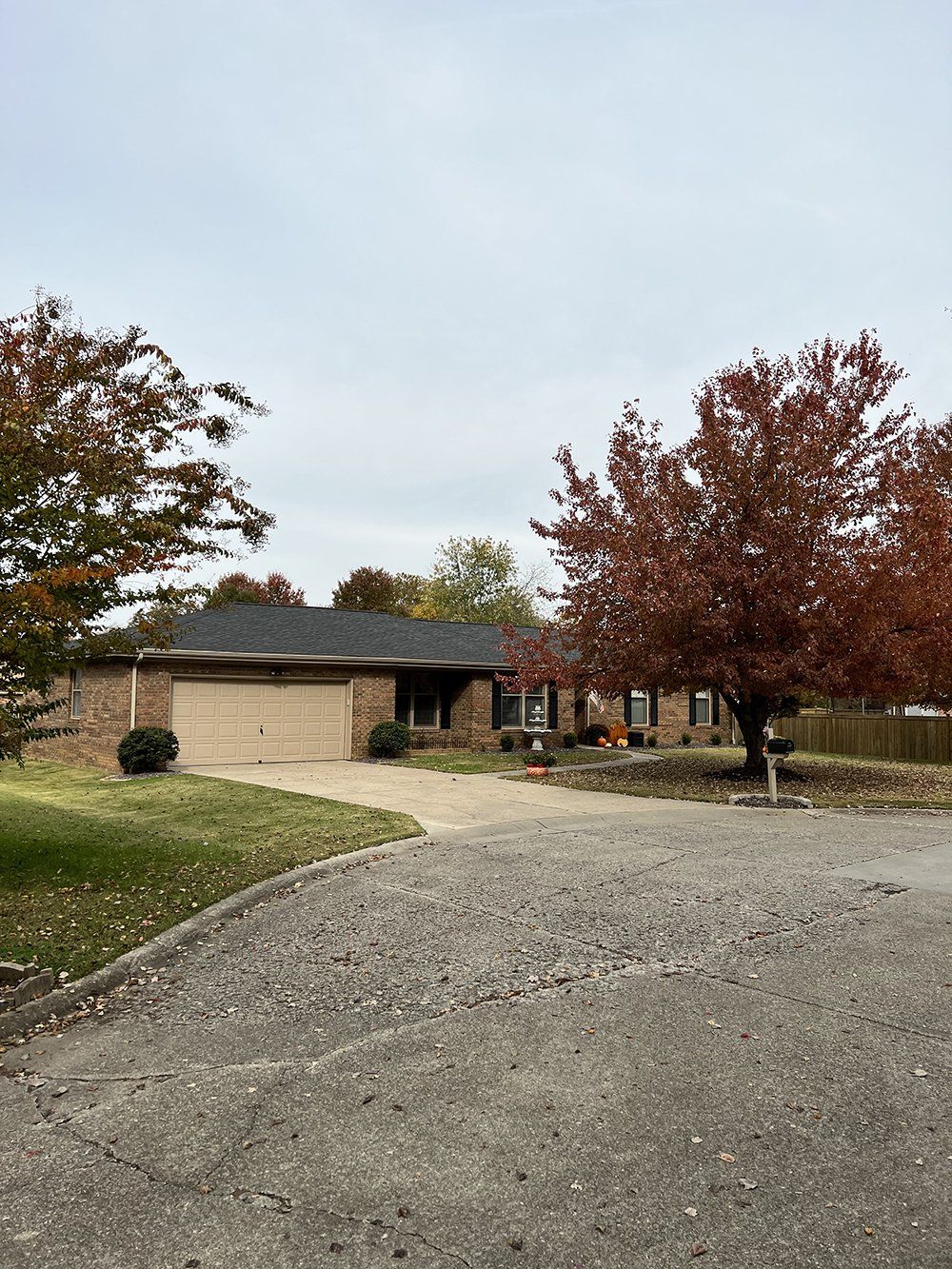
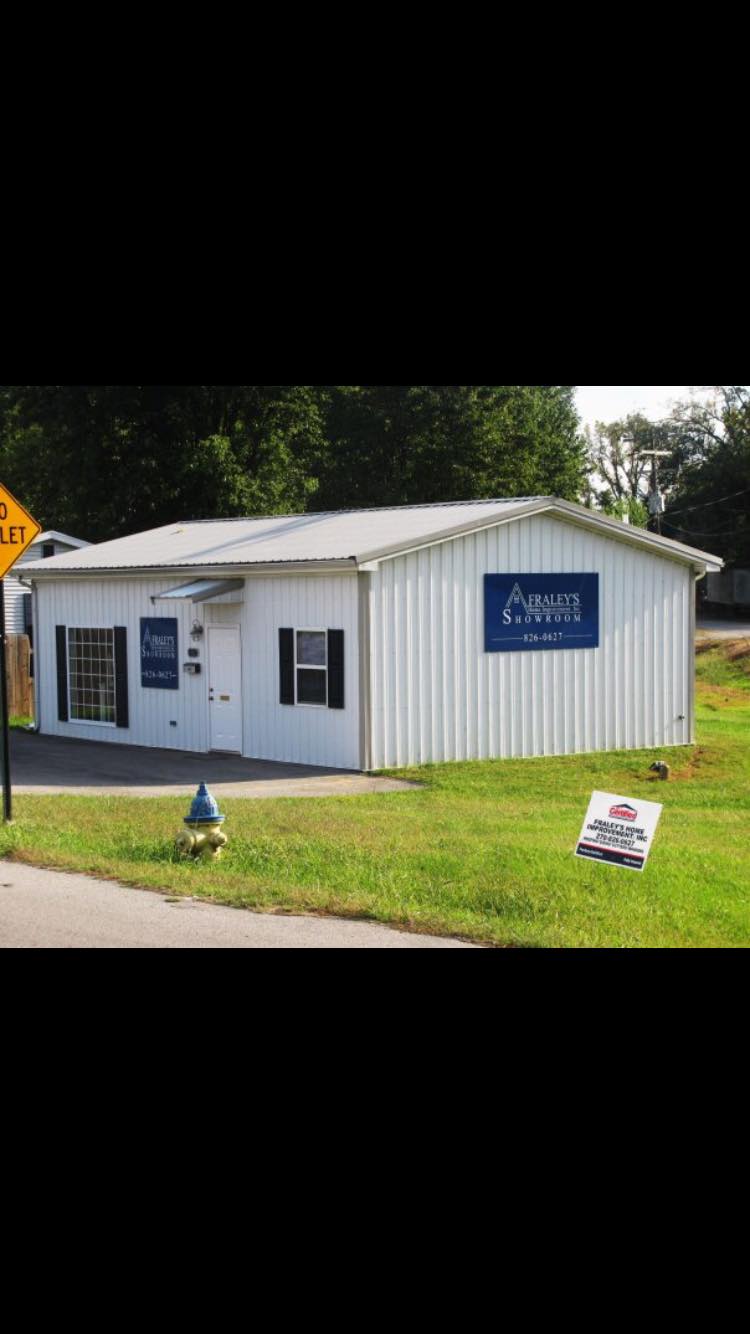
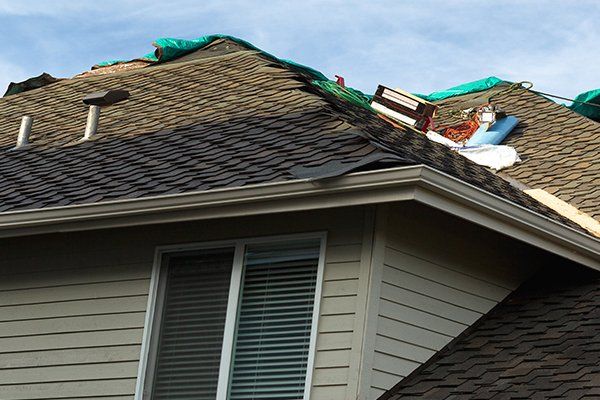
Share On: